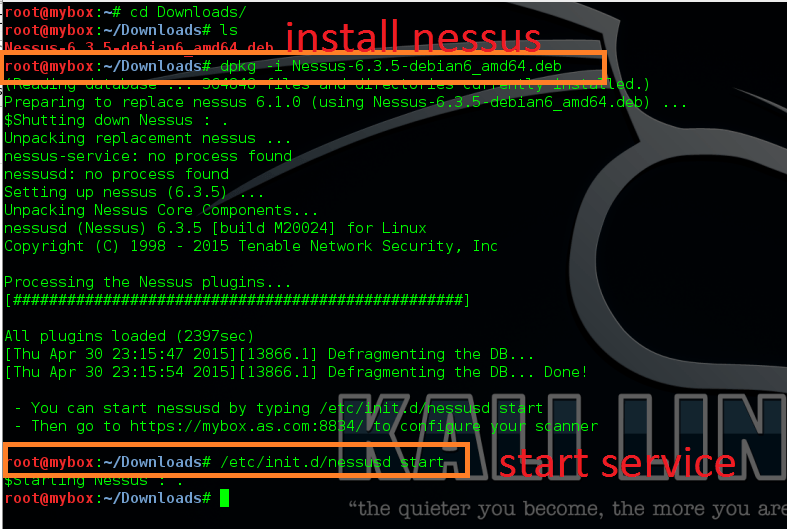

Instead, WSL currently uses its own /init process as PID 1, which performs a few WSL-specific tasks that I mention in this answer (so I won't repeat them here). The core problem is that WSL doesn't use Systemd, even in distributions where it is the default. If you are on Windows 11 Pro/Education or higher, then you can install the WSL Preview available in the Microsoft Store and follow the instructions here to turn on bridged networking.

Side note: There are improvements in the WSL2 networking area that are in preview right now. As a result, you will only have layer 3 access to any network outside WSL2, greatly hindering the use of vulnerability tools.Ī virtual machine is a better option in this case.

It is not bridged directly to the physical network. The networking in WSL2 is NAT'd behind/inside the Windows host. But this is one area where it is typically not a good option. As you can tell if you look at my profile, I answer a lot of WSL questions - I think it's great overall. I am trying to install nessus for a vulnerability study in Kali linuxįirst (before we cover the installation problem), this is probably not a good idea unless you are well aware of and okay with the limitations. I tried to start the service using service command but got error there as well as nessusd service not found. I tried to start the service from prompt, but same error: $ /bin/systemctl start rvice You can start Nessus Scanner by typing /bin/systemctl start rvice System has not been booted with systemd as init system (PID 1). Unpacking Nessus Scanner Core Components. Preparing to unpack Nessus-10.1.2-debian6_b. 189342 files and directories currently installed.) I have downloaded Nessus and trying to install with: sudo dpkg -i Nessus-10.1.2-debian6_bīut I am getting error as. Kali is running as a Win-Kex instance from WSL2 on windows 11. I am trying to install nessus for a vulnerability study in Kali linux.


 0 kommentar(er)
0 kommentar(er)
